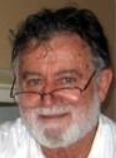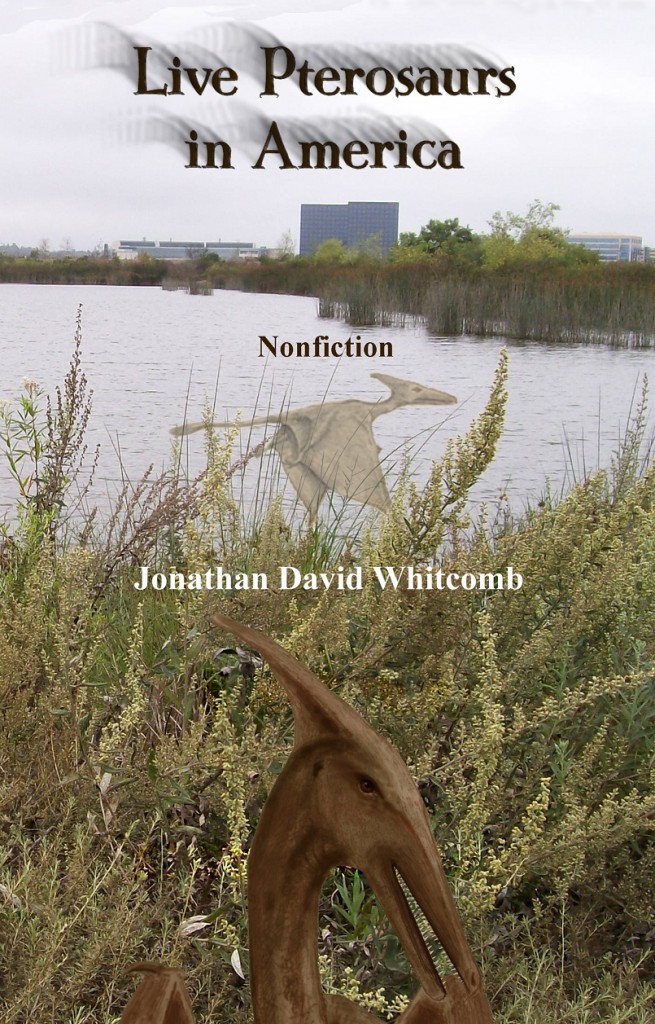Q & A with Jonathan Whitcomb
Regarding the 1971 sighting on an island in eastern New Guinea
Question #1: Did Brian Hennessy see a living pterosaur on Bougainville Island?
Answer: Yes he did, probably a Rhamphorhynchoid pterosaur, as best as we can tell, without actually having the animal captured and in our hands.
Question #2: Was it related to the ropen, the apparent bioluminescent flying creature on Umboi Island?
Answer: Yes, in fact it’s quite likely even the same species.
Question #3: Why has this animal not yet been acknowledged by Western science?
Answer: As of early 2015, no living ropen or any recovered body seems to have come into the possession of any biologist. Part of the challenge is that this flying creature is mostly nocturnal, difficult to observe.
Question #4: Why was Hennessy so fortunate to have seen a ropen?
Answer: It was probably the noise of the truck driving on that road that morning in 1971. The creature may have been sleeping nearby when it was startled by the truck noise, perhaps the shifting of gears, whereupon the ropen flew up into the air.
Question #5: Why could Hennessy not be sure whether or not the thing had feathers?
Answer: He said that no feathers were discerned by him but he could not be sure: It may have had feathers that he could not distinguish under the conditions of his sighting. Some birds, including the oceanic Frigate bird, do not have obvious feathers, especially when seen from some distance. Biologists know that they have feathers, of course, for they are birds. Some eyewitnesses are positive that the ropen they had observed had no feathers, but Mr. Hennessy is just not one of those eyewitnesses. Nevertheless, he observed a number of important details. These included the large size of the head and the long and rather thin tail.
Question #6: If there may have been feathers, why think it was a pterosaur?
Answer: Mr. Hennessy did not give any indication that the creature had feathers. His observation was important, and his report included the following (sent to me in an email in 2006):
The head had no ‘normal’ beak. Rather there seemed to be (and this is difficult to describe) a kind of beak that was indistinguishable from the head, and the head seemed to continue this ‘point’ at the back of the head. There was a clear line running from the ‘beak’ to the back of the head . . . where the ‘line’ continued to protrude . . .
Answer (continued): We do not expect that any one eyewitness sighting report will be close to perfect in itself, for who can expect to have both a perfect observation and a perfect memory? Some eyewitnesses in the southwest Pacific have seen a flying creature that appeared very similar or somewhat similar to Hennessy’s. Gideon Koro, for example, described a gigantic featherless long-tailed “ropen” that had a tail length that he estimated at seven meters (23 feet); he was positive that the creature had no feathers. I believe it was the same species (or a closely related species) as the ropen that was seen by Mr. Hennessy. I believe these flying creatures are Rhamphorhynchoid pterosaurs, even if no paleontologist has yet found a fossil with very similar characteristics (both a horn-like head crest and a long tail).

###
.
Brian Hennessy is a professional psychologist who enjoys working in China. Why would he play a hoax that could do only harm to his reputation? And why would his description of a flying creature correlate so well with other eyewitness descriptions from the southwest Pacific?
Hodgkinson and Hennessy Sightings Compared
When two eyewitness testimonies agree on several points, the credibility of the most natural or direct interpretation of those points is strengthened. Accumulating evidence strengthens the case.
Scientific Paper on Living Pterosaurs
Most ropen sightings are of a bright but brief glow that moves approximately horizontally at about 330 ft (100 m) above ground level, often against a mountain background. . . . Of the nine American expeditions (1994–2007), six resulted in at least one sighting of the light. . . .
Brian Hennessy is an Australian author, educator, and psychologist who has lived and worked in China for ten years. These days he divides his time between both countries.
.
************************************************************************************
Ad:
Live Pterosaurs in America – third edition – nonfiction – pure cryptozoology genre
Reader review:
Mr. Whitcomb does a thorough job questioning indoctrination and the close-mindedness of the Western world. Reading so many eye-witness reports of people who have seen living pterosaurs in America was mind-opening, to say the least. Speculation is not an easy thing to address, but Whitcomb does a noteworthy job stringing together testimony and speculation in a scientific, yet personal way. The passion that Whitcomb and the pterosaur witnesses feel about these investigations make this book a great read and keep the pages turning. . . . (R. Montgomery)
.




One Reply to “Ropen Seen by Brian Hennessy”
Comments are closed.